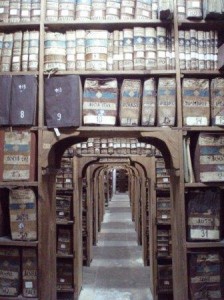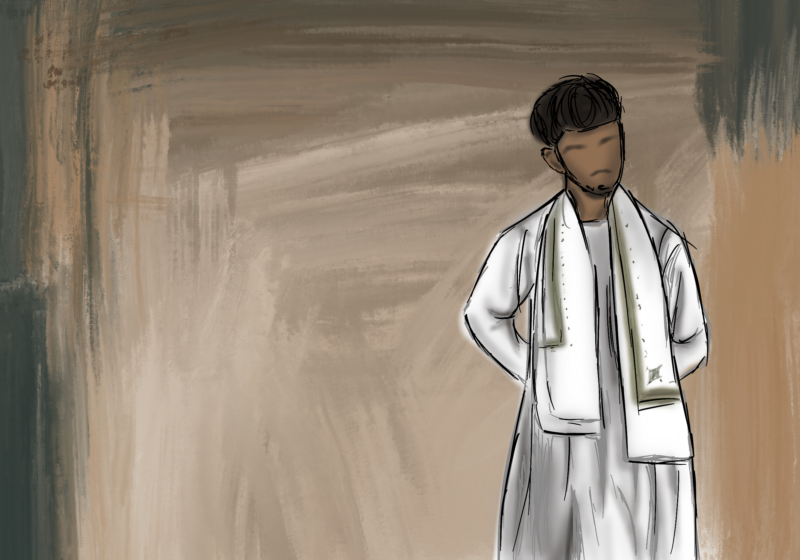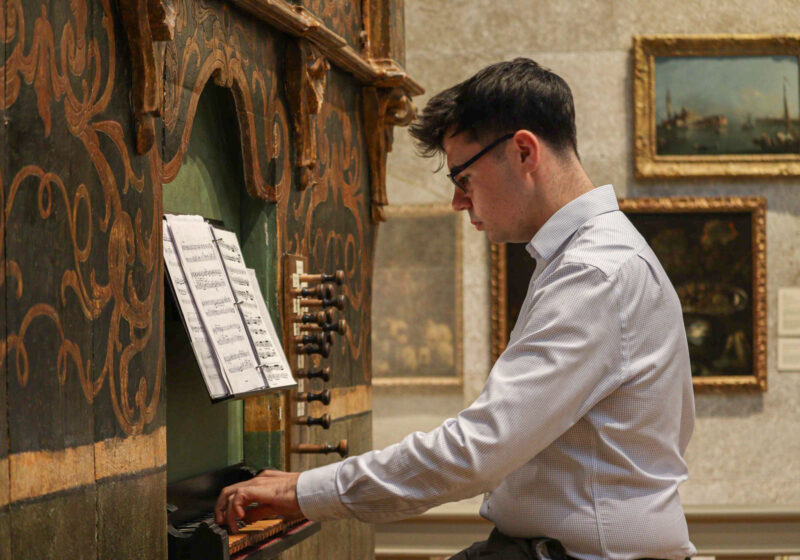After dusting the cobwebs off some of the oldest Campus Times archives, we came across this excerpt from The Cloister, the old newspaper of the women’s college. This was published in a 1921 issue and these blurbs are for various extracurricular activities that were available to the campus at the time.
YE HIKING CLUB
“Come and join us on some of our spreads. We are one of the new organizations in college, not very much organized as yet, but if you join us, maybe we will be more so. We have already had two good hikes, one last November, out Atlantic Avenue into the country. There was a good crowd out and the success of the expedition was due to Catherine FitzGibbon.
“The other hike, in charge of Ruth Biaesi, was made to the home of Viola Abbott, Henrietta. We cooked our supper by the creek and also had a luscious chocolate cake, the donation of Vi’s grandmother. Girls, how can you resist the line of that ribbon of dusty white as it stretches away and away in the distance? The whole outdoors is calling you to come out to our next meeting, so forget your cares and be free for a time.”
COLLEGE PLAYS
“Much to the surprise of everyone the College Play turned out to be plays. The plays are Stuart Walker’s “Six Who Pass ·While the Lentils Boil” and Robert Rogers’ “Behind a Watteau Picture.” Mr. Walker’s play is the story of a boy through whose kitchen people are passing to go to the Queen’s beheading while he is boiling lentils.
“Miss Elizabeth Barr takes the part of the boy who is very much entertained by the people who come into his kitchen. The queen who is to be beheaded at noon for stepping on the ring toe of the King’s great aunt, is Ness Frances Smith. Mr. Rogers’ play is the story of what may happen when the people in one of Watteau’s pictures come to life.
“It is played in the garden of a melancholy Pierrot. The Marquis and the Lady and the Poet go into the garden in search of adventure and discover a grave being dug for Columbine. The Marquis is Lana Atkins; the lady, Frances Greene; the poet, Frances Barber; Columbine, Helen Fuller; Pierrot, Katherine Anderson. The plays are to be given in Catherine Strong Hall, March 4, 1921, at 8 o’clock.”
MUSIC
“A thrill went through the city as well as the members of the Institute, when the news was spread that Sibelius, the great Finnish musician, is to be an instructor in the new Eastman School of Music next year. On Monday evening, February fourteenth, Richard Burgen, the Russian violinist, gave a recital in Prince Street Hall.
“This recital by a violinist of both European and American fame was an unusual and delightful opportunity for the music students and their friends. The members of the Freshman class gave a Valentine dance on the evening of February seventeenth at Prince Street Hall.
“The idea of a cabaret was carried out with special music and dancing. The guests of honor were Mr. and Mrs. Klingenberg, Mr. and Mrs. See, Mr. and Mrs. Penny and Miss Dorothy Gillette.”
ART EXHIBIT
“Among the pictures in the February exhibit at the Memorial Art Gallery is a charming group by Harry Leith-Ross, one of the promising young artist of the day. He was born in Maritus and has studied in the Julian Academy at Paris and under Birge Harrison and John F. Carlson in America.
“His pictures are for the most part typical American country scenes and are good examples of the modern American school of landscape painting. There is a certain luminous quality about his pictures which is effected by the broad horizontal strokes that catch and reflect the light. In one of his snow scenes called “The Valley,” there is an opalescent light on the sky produced by cross strokes of green and lavender, which will give the appearance of a delicate blue sky such as is seen on a winter’s day in the country. His white frame farm buildings fit harmoniously and pleasingly into the background.”
“Another collection of oil paintings are those by Martha Walter, an American artist whose pictures are similar to Whistler’s, inasmuch as they merely suggest the subject and leave the rest to the imagination. Miss Walter’s technique is particularly adapted to her seaside pictures — for her loose and wiggly strokes give the appropriate feeling of wetness. She has a well-developed feeling for balance and rhythm, and, though her tiny figures are upon close examination only dabs of colored paint, they are so well arranged that the whole forms a satisfying and pleasing group. Not so with the larger pictures which seem to be merely enlargements of the smaller ones with no addition of the necessary details.”
“As one enters the big gallery from the hall one is greeted by one of Miss Walter’s darling Indian babies that is all shiny and wet, as though he had iust been taken from his bath. You would love him, I’m sure, if you once saw him. The main gallery has a very fine collection of Japanese prints. It will be well to remember when looking at these that they are decorative rather than realistic.”
“Students of Greek will be interested in learning of the collection, in the small gallery, of Modern Greek photographs which have been sent by the Greek government to America to show that Greece of to-day is more than a haven for archeological enthusiasts, but has as much natural charm and beauty to-day as when Olympus was the home of the Gods.”
WU HAN
“If Susan B. Anthony were here now she would undoubtedly be most interested in Wu Han. We had a campaign recently. We hoped to raise three hundred dollars; six hundred dollars were pledged. With this we are going to start work among the girls of Wu Han. Our accomplishments at first must needs be inconspicuous. One cannot make a grand exhibit in the way of starting a college with only six hundred dollars.”
“But it is a start which will grow in years to come and in almost no place can a small expenditure bring such large returns. Three cities, Hankow, Mu Chang, Wu- Hang, separated by two rivers, constitute WuHan, which means “three cities.” Great ocean liners steam four hundred miles up the Yangtsi River and dock at wharves of the ‘Chicago of China.’”
“Thirty thousand women and children there are imprisoned within factory walls and await with eagerness the two cents a day remuneration for their twelve or fourteen hours’ labor. A few Chinese girls are studying in the government schools. These or other girls or women will be the recipients of our contribution which is to go to them through the channels of the Y.M.C.A.”
Ford is a member of the class of 2013.






